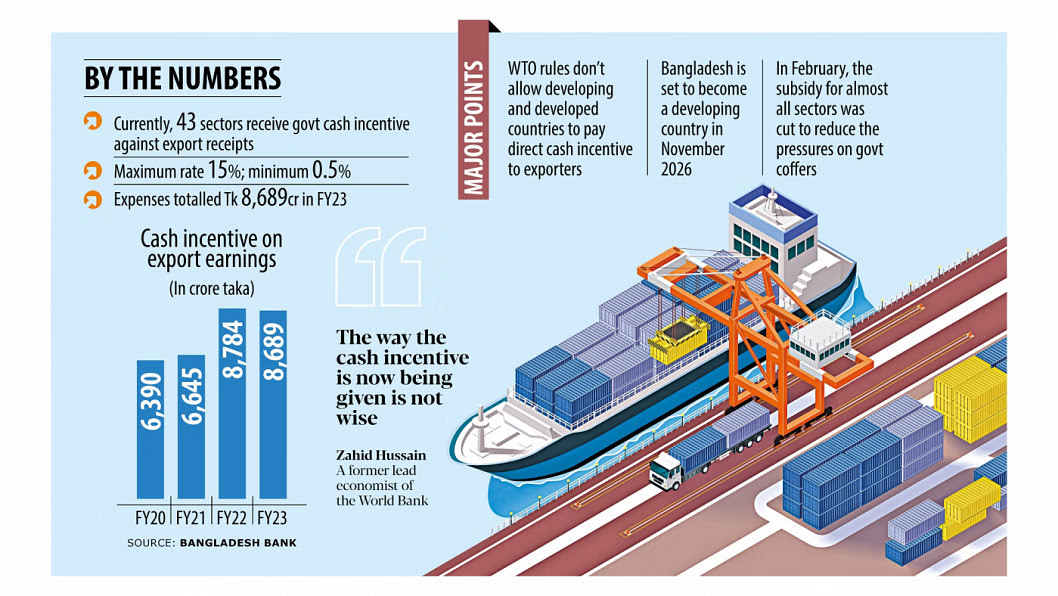
The demand for the fashion trend has made textile engineers be more innovative in imparting various art effects on textiles. To meet the customer demands industries have also installed various high-tech machinery such as octopus screen printing machines, digital inkjet printing machines, etc. besides their existing flatbed or rotary screen printing machines.
But challenges are still in place. Printers are facing challenges with machines, chemicals as well as workers to meet the demand of the customers.
When we asked Mahbub Rahman, Senior Executive, Printing at NR Group, about the machine-related challenges they face during All Over Printing, he mentioned design setting, running shade, light-deep for coverage design as the most frequent issues.
For the same question, Jahid Hasan, Executive, Printing at Mondal Group, and Sifatullah Sabuj, Senior Production Officer, Printing at GMS Knit Composite have marked the following issues as frequently faced problems in all over printing (AOP).
- repeat mark;
- side to center shade variations (listing);
- variation in pressure of screen/rod;
- passing problem;
- controlling the temperature of dryer (causes shade variation);
- screen jam;
- flashing problem;
- touching problem;
- rubber soft /hard problem;
- screen mesh problem;
- Design repeat problem.
We also asked them about the problems they face with chemicals in all-over printing. Sifatullah Sabuj said that they have to struggle to meet the required pH and viscosity of the printing paste used in all-over printing. It is also challenging for them to find printing chemicals that are free of hazardous substances to meet the RSL and MRSL requirements of the customers, said Mahbub Rahman.
According to Jahid Hasan’s experience mixing dyes or pigment with necessary auxiliaries is also a big challenge for them in some cases besides the challenges of color fixation and binding. Getting desired colorfastness to rubbing also becomes complex and buyers often have to compromise in this requirement.
Printing on micro polyester, viscose, nylon, and lycra fabrics is a challenging task for them because of up-down shrinkage, inappropriate fixing-binding chemicals, and dyes-pigments.
Not only with machines or chemicals, but the printing engineers also have to face challenges in managing the operators and the workers in many ways. Often it is challenging for them to find skilled operators to run the latest machines.
The sincerity about responsibilities and professionalism of the workers is often disappointing according to Jahid Hasan. There is also a lack of efficiency and time management skill among the workers. While proper management of the workers is a crucial need for efficient production in a factory.
Above, some common challenges that the textile printing engineers face in the Bangladesh printing factories have been elucidated from the experiences of some young textile engineers. The industry needs solutions to these common problems to foster its growth and increase its capacity to meet customer demands. The technology support providers have the opportunity to come forward with solutions to these technical and management-related problems and help the industries to grow their businesses.















